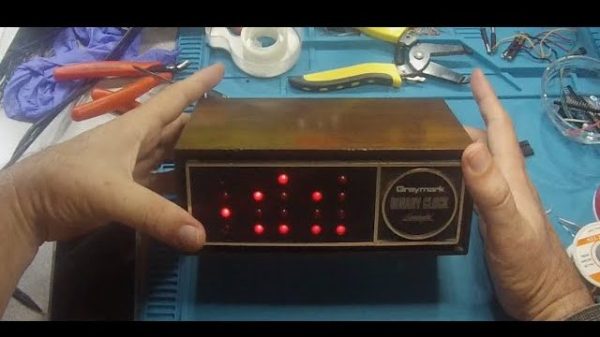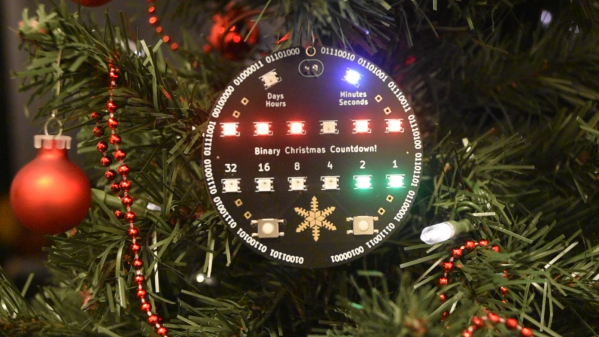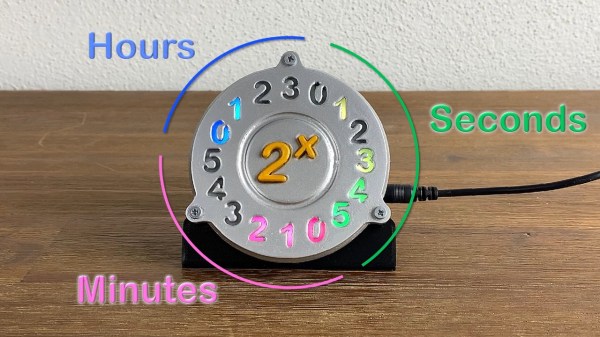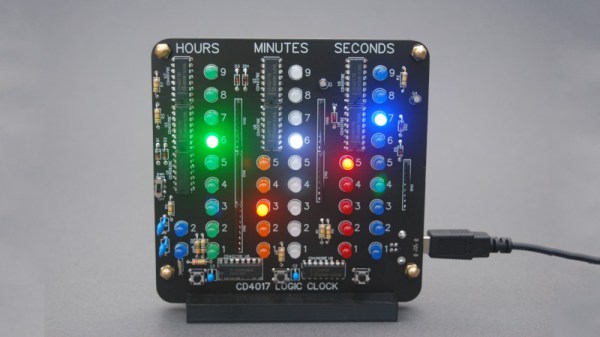Flip digit clocks are a prized piece of consumer electrical ephemera, providing as they do a digital display without significant electronics. Making your own flip digit display involves some drudgery in the production of all those flip cards, but how would it seem if the complexity was reduced? Go from base 10 to base 2 for example, and a binary flip digit display can be made from flip dot display parts. [Marcin Saj] has done just that, resulting in a timepiece that’s a few bits out of the ordinary.
Under the hood though it’s slightly more conventional, with the trusty ATmega328 and Arduino bootloader, whose software drives the dot electromagnets via a set of MOSFET drivers. It’s a nice project which if you want there’s a Kickstarter to buy one, but the files are also available from a GitHub repository if you’d like to have a go for yourself. Meanwhile you can see it in action in the video below the break.
We like this clock, as it’s different from the norm in Arduino clocks. It’s not however the first flip dot clock we’ve seen, this one has a full dot matrix display.


















